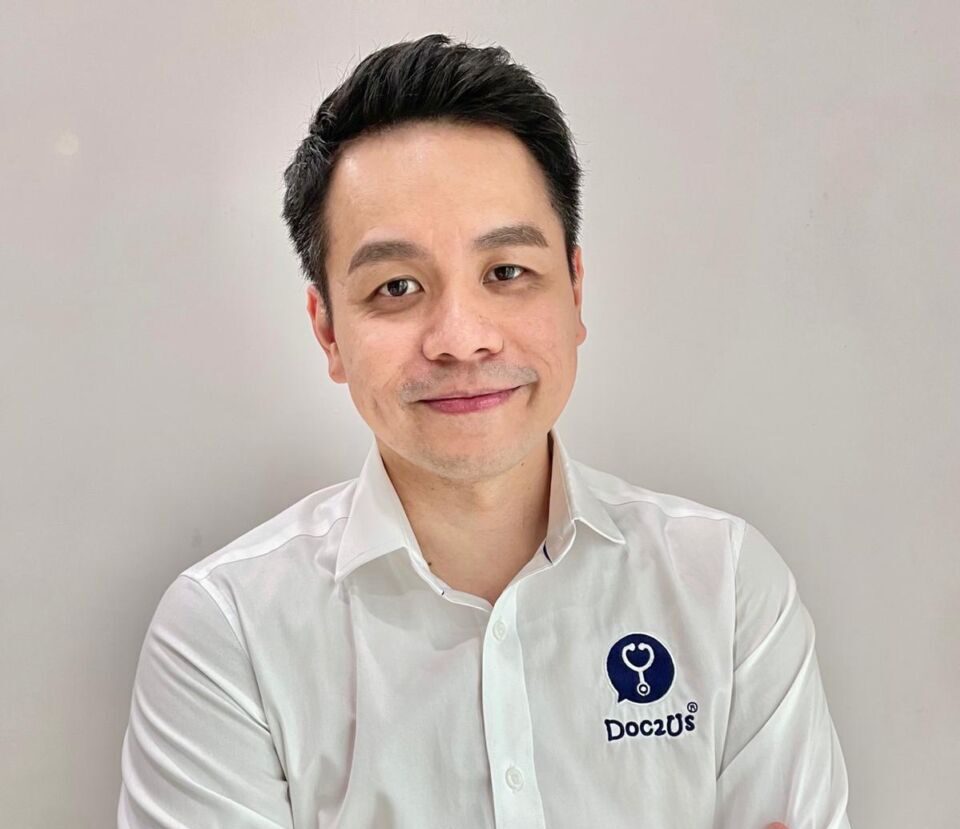KUALA LUMPUR, May 5 – Telemedicine services in private health care services grew exponentially during the Covid-19 pandemic, said Dr Raymond Choy, the chief executive officer and co-founder of digital health provider DOC2US.
As closed international borders impacted the arrival of foreign medical tourists, private health care facilities were forced to introduce new strategies and initiatives to sustain their revenue.
Hence, private hospitals in Malaysia adapted to telemedicine technology in a much shorter period of time than the normal situation.
“So they roll out telemedicine in just four weeks,” Dr Choy said at the Malaysian Hybrid Conference on Healthy Ageing (MCHA) on March 16.
“Usually it takes about three to five years for hospitals. So you can see because there’s a trigger, we change and adapt quickly.”
The Telemedicine Act 1997, however, still has yet to be enforced, 25 years later.
Dr Choy pointed out the quick adoption of technology in health care services in China during the Covid-19 pandemic. He cited how new users of Ping An Good Doctor, a Chinese health care services platform, increased to nearly 900 per cent in January 2020, compared to December 2019.
“Actually, if you envision, the current China will be our future Malaysia in three to five years’ time.
“So the adoption of digital health is actually much more advanced than in Malaysia or even in this region of Southeast Asia. So probably this is a good reference for us to see where we are heading to.”
Dr Choy also highlighted the surge of telemedicine users in Singapore and Indonesia as well since 2020 and emphasised that “convenience” should be the mantra in the future health care system.
Dr Choy, who did not deny the importance of physical touch during an examination of patients, pointed out that telemedicine could do wonders in making the lives of people easiest especially for follow-up check-ups.
He also said that telemedicine with the help of artificial intelligence (AI) could be able to predict the future health health condition of a patient and provide personalised care to create a much meaningful health care experience for people from all walks of life.
Dr Choy also reminded that health technology is not necessarily complex. With the limited infrastructure in rural areas, even a Short Message Service (SMS) could be a part of health technology communication, he said.
“We do not necessarily need to do virtual consultation or whatsoever. An SMS to remind the patient to take their drugs, to remind the patient to take their blood glucose level work especially for certain B40 groups.”
Challenges In Embracing Digital Health
Dr Choy highlighted the huge technology gap among the elderly people in Malaysia, especially when the country has limited health care resources.
“We are living in a very, very odd situation when it comes to technology. We have an elderly community who are not very well exposed to technology, or maybe not very savvy in technology.
“If you want to implement a digital health solution nationwide, it is going to be very tough, because you do not want to marginalise a certain group of people.
“Right health care should be inclusive, it shouldn’t be exclusive, and it should be accessible to all. So we are living in a very awkward situation whereby we have to take care of the elderly, and at the same time, our resources and our manpower, definitely not enough.”
Dr Choy said that Covid-19 exposed the poor health of Malaysians, citing the grave impact of non-communicable diseases (NCD) during the pandemic where people with chronic illnesses were more vulnerable to severe Covid-19 disease.
So he suggested sustainable and lasting measures to be implemented, including the acceptance of digital health to better handle people with NCDs because unlike Covid-19, NCDs will have large long-term impact for years to come.
Besides that, Dr Choy also added that people under the B40 income category don’t always perceive health as their utmost priority, as this group of people prioritises job, food, money, and housing in their daily life.
“That’s why you see the high NCD rate in the B40 group. This is a huge challenge for the policymakers and the government.
“When your group of patients don’t perceive health as their priority, how can we change the mindset, the perception of health? A lot of awareness, and education is needed.”








